Head Lice facts
December 16, 2017
Head Lice: How Do They Start?
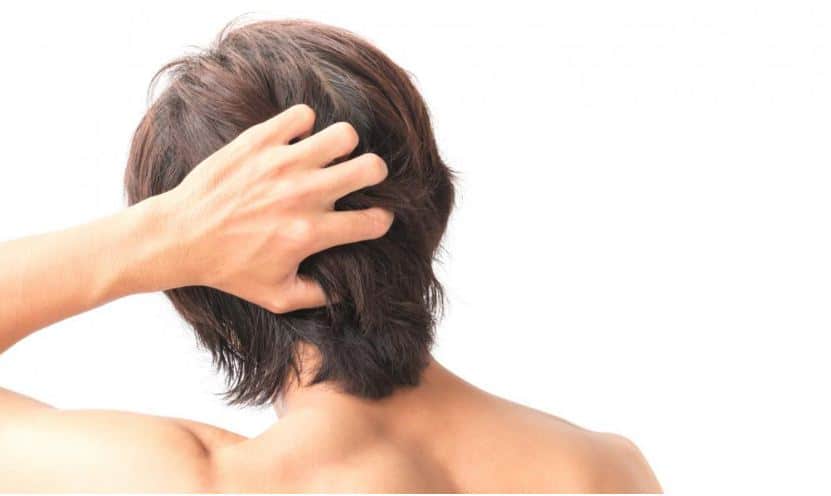
Head Lice: How Do They Start?
December 16, 2017
Ever wonder why you still have lice, despite cleaning your hair every day? Like several other pests, louse is a complicated creature that is difficult to deal with.
Having head lice can be a frustrating and embarrassing problem. It’s annoying because lice keep coming back.
If you’re a victim of head lice, using an effective head lice treatment can put an end to your misery once and for all. Similarly, people think that louse is a sign of bad personal hygiene. The reality is that lice have nothing to do with cleanliness. Louse can’t even cause a life-threatening disease.
In fact, head lice are tiny insects found on the scalp and neck. Due to their small size, lice can be really hard to spot with the naked eye. Each louse lays eggs or nits. Nits are even smaller than lice and are glued to hair strands. Removing nits from the hair is a challenge of its own.
Understanding Lice Life Cycle
Head lice live in the hair and feed on blood from the scalp. Regardless of a person’s age, gender, race, hair texture or type, anyone can get hair lice anytime. Children, however, catch them more easily than adults because of close contact with other infected children in schools.
A female louse lays her egg (nit) near the scalp. The oval-shaped nits can be brown, white or yellow.
Eggs stick to a person’s hair shafts. This means shampooing and brushing your hair will not remove the nits.
It takes nits 7 to 9 days to hatch. Once hatched, their shells remain attached to the hair shaft. With hair growth, the shells move farther away from the scalp.
Hatched eggs are called nymphs. They have small size and light color. After 9 to 12 days, nymphs become adults.
An adult louse has six legs. Although its color varies, it is generally brown and gray. It lice can live up to a month in the hair.
A female louse can lay up to ten eggs (nits) every day. If you don’t take appropriate action, female lice will continue laying eggs.
How To Protect Yourself
Lice spread from one person to another due to close contact. Remember, a louse doesn’t fly or jump, but it crawls.
To minimize the chances of catching lice, do not share or use an affected person’s hat, cap, hair band, comb, brush, etc.
If you’re considering using a chemical lice treatment product, it can seriously damage your hair. For the best lice treatment, Lice Busters simply is a click away. We specialize in providing natural, safe and effective lice removal treatments in Miami Beach, FL.
In case you can’t visit our lice clinic, our experts also offer in-home treatment.
December 15, 2017
Can You Get Lice With A Buzz Cut?
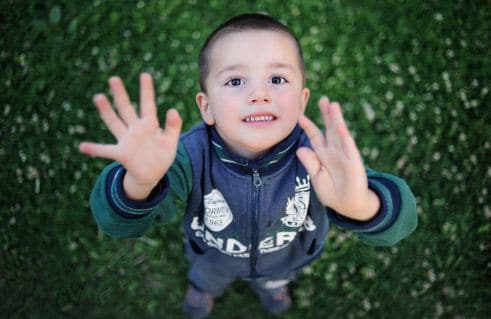
Can You Get Lice With A Buzz Cut?
December 15, 2017
As parents, one of the worst things that can happen is getting a call from your child’s school, requesting that you do not send your child until every nit and louse from their hair has been taken care of.
And while the problem can be difficult to deal with, our first instinct is to shave our kid’s hair. It’s either that or a buzz cut. This is especially true when it comes to boys, with most mothers not wanting to sacrifice their princess’s luscious hair.
However, a common question that pops is, “Can you get rid of head lice with a buzz cut?”
We’ve looked into the problem and here’s what we’ve found:
Lice Aren’t Affected by the Length of Hair
It’s sad but true. Head lice aren’t affected by the length of your child’s hair. Short hair, long hair, thick or thin hair, it doesn’t matter. This is because what they’re really after is your child’s blood!
In addition, lice only need to take up ¼ of the space in our strands. This means that no matter what type of haircut you give your child, the problem will still remain. And while sometimes it can help reduce the number of nits and lice in the hair, the number soon increases and you’re back to square one.
This is because one female louse can lay up to 10 eggs a day. The nits then hatch within 6 days, and after a week, they start laying their own eggs. This means that within a month, you’re dealing with hundreds of critters roaming freely in your child’s hair.
So, here is the problem: lice don’t care about the length of your child’s hair. Therefore, a buzz cut will not work.
If you’re thinking of shaving your child’s hair, here’s another problem: shaving doesn’t guarantee that lice will come back.
You need a solution that can help get rid of the problem naturally, without compromising your child’s safety.
How Lice Salons Can Help
If you’ve been investing in over-the-counter lice products or home remedies, it’s time to stop. OTC products contain harmful chemicals such as lindane and malathion that are known for being carcinogenic and harmful to humans.
Lice salons help treat the problem naturally, without compromising on your child’s safety. Furthermore, the combs they use are created specifically to help remove nits and lice from each strand of hair.
These combs don’t break your child’s hair or damage the scalp by scrapping it. The anti-lice products used are also safe for using on your child’s scalp. The result is lice-free hair without any damage.
At Lice Busters USA, you don’t have to worry about having to deal with pesky critters anymore! We offer natural lice removal treatments and services in Pembroke Pines and Hollywood. Our services include in-home treatments, home inspection and free head lice screening to make everything easier for you and your child!
Feel free to call us at (800) 405-8201to book an appointment today!
December 14, 2017
Can You Be Immune To Head Lice?
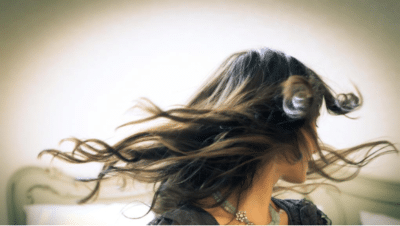
Can You Be Immune To Head Lice?
December 14, 2017
Head lice have been a problem to the human race as far as we can remember. Most people have experienced the frustrations of tiny six-footed critters crawling all over their heads. More
December 13, 2017
Head Lice Infestation: The Emotional and Psychological Ramifications
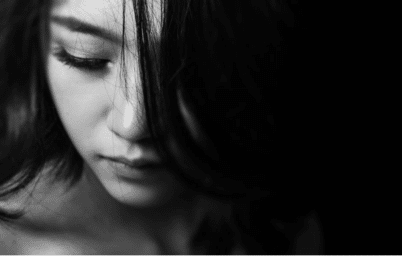
Head Lice Infestation: The Emotional and Psychological Ramifications
December 13, 2017
It’s never easy going through a painful process alone. No matter how small your troubles, no matter how common your problem, More
December 12, 2017
Question of the Day – Are Lice Attracted to Certain Blood Types?

Question of the Day – Are Lice Attracted to Certain Blood Types?
December 12, 2017
Collecting facts about head lice should be a hobby or competition. Parents of children and professionals in child-care situations would definitely win something other than the bad case of head lice! More
December 11, 2017
Are Over the Counter Lice Treatment Products Effective?
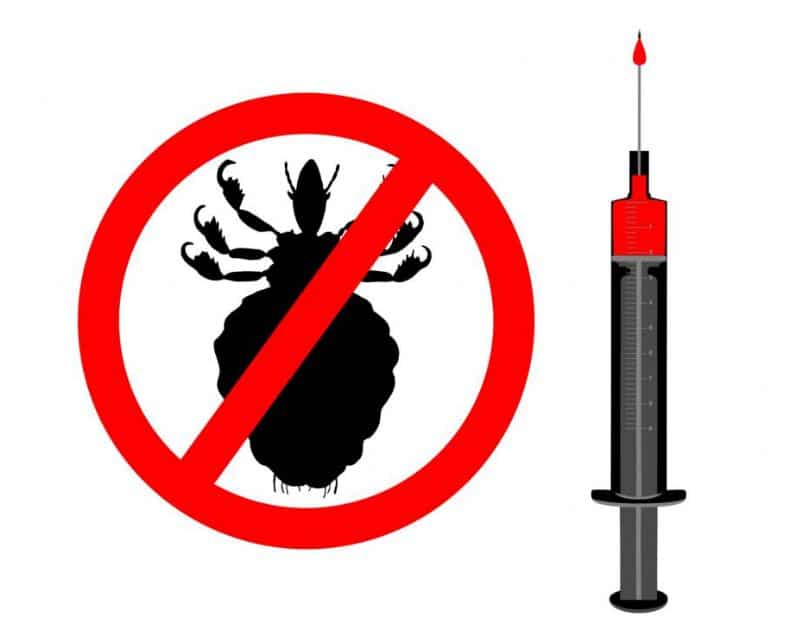
Are Over the Counter Lice Treatment Products Effective?
December 11, 2017
Our lice treatment professionals are often asked if OTC products are really helpful at combating these pesky critters.
Our answer is:
No, they aren’t!
Some of you might already be expecting this answer from us for we run our own clinic and as such, we are expected to undermine the efficacy of all such treatments that prevent our customers from seeking our services.
But all biasness aside, it’s true – OTC lice treatment products are not effective.
And we can back our claim with strong reasoning.
Let’s Look at the Packaging of These Products
What does it say about its formulation?
You are likely to find the mention of two constituents on all OTC lice treatment products:
- Permethrin treatment
- Pyrethroid or Pyrethrin based formulation
All means essentially the same thing.
Pyrethrins are a class of naturally occurring organic compounds that have been clinically identified as effective insecticides. Pyrethroid are synthetic form of pyrethrins. Permethrin, on the other hand, is an insecticide in the pyrethroid family.
In summary, OTC lice treatment products contain insecticides, and these insecticides have been found to be effective against lice and nits… However,they are not anymore!
The Journal of Medical Entomology explains.
Over the years, head lice have undergone genetic mutations that have made them resistant to the effects of pyrethroid and pyrethrin. And these mutations are now widely and uniformly present in U.S lice.
This is coming from a credible source; it’s a scientific study.
Still, giving these products a try should do no harm – isn’t it?
Think again, for pyrethrins and pyrethroid have well documented side effects, reported by reliable medicalresources.
Side Effects of Using Products Containing Pyrethrins or Pyrethroids
Some of the reported side effects of pyrethrins and pyrethroid are:
- Scalp irritation
- Swelling
- Numbness
- Dizziness
- Troubled breathing
Is there any alternative head lice treatment option available?
Yes, absolutely and it is effective as well. The pesticide free method – professional nit-picking. The tried and tested, and we are experts of it.
We apply natural cream to your hair to soften the strands, and then using our specially designed lice removal combs, we thoroughly remove all lice and nits ensuring a lice free head. To schedule an in-home or on-clinic treatment, call us at (800) 405-8201.
December 11, 2017
Home-Hunting Critters: Hair Types Lice Like To Live In
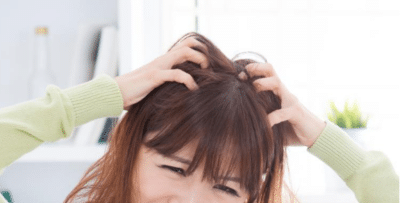
Home-Hunting Critters: Hair Types Lice Like To Live In
December 11, 2017
Admit it; at one point or another, we have laid blame for head lice infestations on hair types. It’s the usual bunch of wayward concepts More
November 29, 2017
Busting Lice Myths –What’s the Truth behind the Lice Outbreak?

Busting Lice Myths –What’s the Truth behind the Lice Outbreak?
November 29, 2017
What is love? It’s checking each other’s head for lice! However, this love quickly dwindles to disgust at the first sign of head lice.
Head lice infestations are quite common in the US… meaning right now somewhere in the country, someone is purchasing a bottle of OTC lice removal shampoo in despair and desperation.
Here’s the thing, no amount of toxic chemicals and even home remedies will help you get rid of a bad lice infestation.
Nothing will help unless people don’t understand the truth about lice outbreaks! It’s time to shatter some misconceptions about lice outbreaks and infestations, gaining a clear perspective about this issue.
Lice Provides Perspective – And So Does These Myths!
Understanding how head lice spread can help with removal and prevention, a statement endorsed by Miami based Lice Busters USA.
Let’s dispel some common myths and misconceptions about head lice outbreaks in the following:
Lice Can Jump and Fly
Okay, first of all lice are wingless parasites so obviously these bugs cannot fly. Lice also can’t jump very high (or at all) due to having short and spindly legs much like a cockroach’s.
What lice can do is move impossibly fast across the scalp! In fact, researchers reckon lice can move at 23cm per minute! They can also swing from hair to hair with the help of their strong claws, attaching firmly to hair strands.
Head lice cannot be seen easily due to their camouflaged and small bodies. Pinpointing a lice outbreak or infestation is difficult unless there are symptoms, by then it is already too late.
Lice are Incredibly Contagious
This wrong information lead to schools in Florida to come up with the No Nit Policy that states children with lice are barred from attending school until the problem is resolved. Head lice aren’t contagious!
You can only get the little critters from close and direct head-to-head contact. In fact, lice cannot even spread by taking too many selfies which is another common misconception. What about head lice that is not on the head?
It’s possible for these bugs to fall off from host’s head. Additionally, head lice can also live on an object like a comb, pillow, or hat but for only 24 hours. This is a very short window of time for lice to catch and spread!
You Will Know If You Have Got Head Lice
False… the only way to know if someone has got head lice is physical evidence of these critters. Parents of young kids can figure out if there is a lice infestation at work by observing their child for symptoms.
The most common symptom is scratching yet here is the thing. In some cases, you won’t even know about a head lice infestation as there will be no symptoms! Itching occurs due to an allergic reaction to saliva of lice. However it’s possible to not be allergic to this meaning no itching and scratching!
The only way to truly know about a head lice infestation before it is too late is by conducting regular head lice inspections and screening of the entire family! Call Lice Busters USA and avail our family friendly services today.
November 1, 2017
From Denial to Depression: 5 Emotional Stages of Lice Infestation
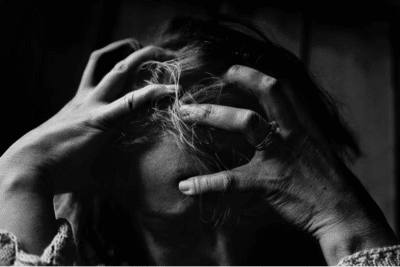
From Denial to Depression: 5 Emotional Stages of Lice Infestation
November 1, 2017
People describe their experience with head lice in a lot of ways. More
October 30, 2017
Tracing Back Lice Through Time
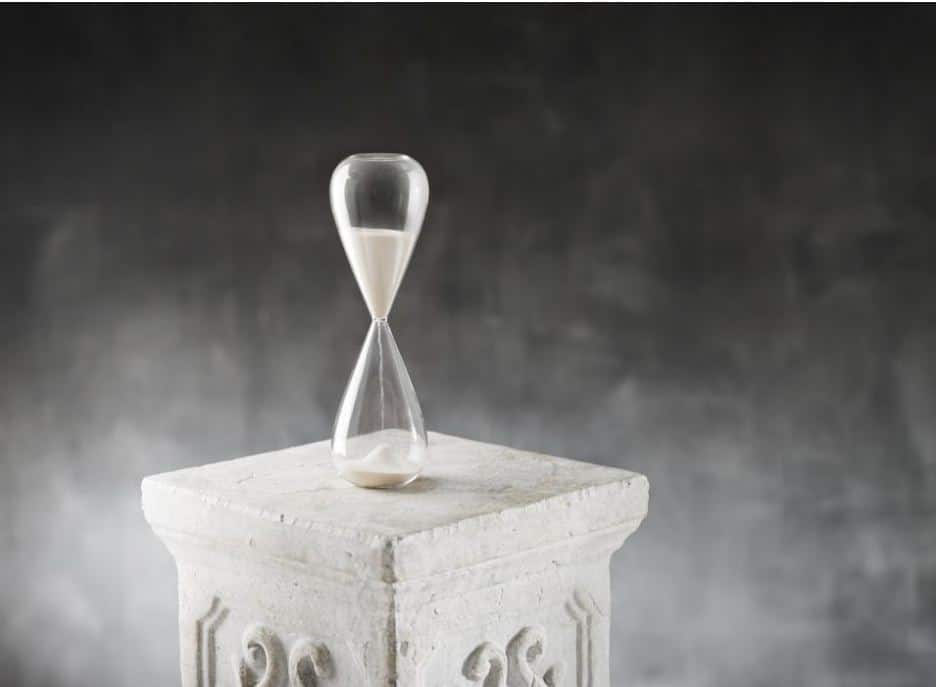
Tracing Back Lice Through Time
October 30, 2017
Head lice are quite the prevalent affliction in modern times, but have we ever stopped to think whether they’ve been with us all this time? Have they been crawling around on heads since the dawn of existence, or did they get their debut in the world at a later date?
The head louse, that is to say, pediculus humanus capitis, which feeds off the human scalp, can be traced back to up to 10,000 years ago.
Traces Through History
The oldest head lice was found in northeast Brazil, where a nit was found attached to human hair at an archeological site that dated back 10,000 years.
Evidence of lice is also present in ancient Egypt, where mummified corpses have been found with head lice remedies included in the array of artifacts. The Middle Ages had a definitive lice problem as well, with everyone from serfs to royals having to deal with the pesky critters.
Picture this—two 1000 year old Peruvian mummies with a head full of head lice, which dates back these parasites to 1025 in Peru.
In terms of the United States, the earliest head lice related artifacts found date back to the 19th century.
Even the World War couldn’t escape head lice—WWII trenches became a hotspot for head lice infestations. This was not much of an issue, as they had bigger fish to fry, and also used strong, toxic pesticides to take care of the problem.
With lice having been around for quite a long while, the battle between humans and head lice has been consistent. Lice treatments spanning the ages have been created, emulated, and used to try and keep these pesky parasites at bay.
Lice removal has certainly advanced over the years, with many chemical over the counter treatments available to us.
However, with the resistance of lice to these treatments and the potential for harmful side effects, sometimes it pays off to play it old school.
The only lice removal technique that will be effective is to manually comb out the lice! This requires skill and expertise at a professional level, for which reason our lice clinics offer up this convenient service.
At Lice Busters USA, we take care of all your head lice treatment needs in a safe and efficient manner.
Call us at (800) 405-8201 to book your appointment and you can be lice-free in no time at all!


